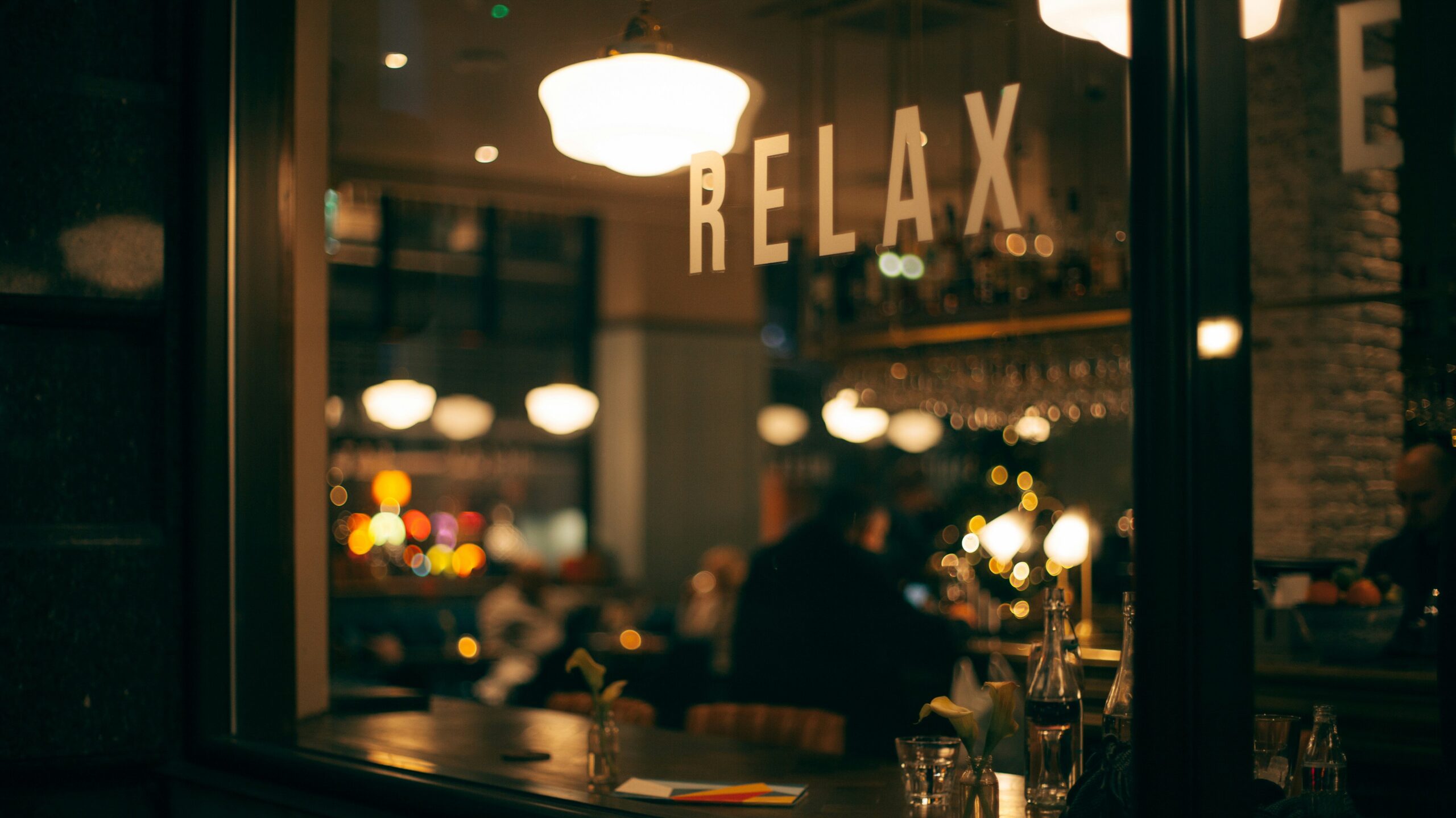
How’s that “To Do” list of yours coming?
If asking you that question gets your heart rate up higher than doing thrusters and pull-ups, keep reading!
In today’s world filled with hustle and grind, play dates and practices, deadlines and demands, most days there is no room in the list of priorities to simply…relax.
But is finding time to relax important to your health and recovery?
Let’s explore the effects of relaxation in your recovery journey and discover some techniques to help you unwind, recharge, and add some “thrive” to your life.
Why Relaxation Matters:
As CrossFitters, we are always looking to increase our work capacity, across broad time and modal domains. Or in simpler terms, GET MORE FIT! To do that, especially doing it for the rest of our lives, we treat our bodies as finely tuned machines – constantly in motion, pushing the limits, and striving for greatness. But all machines, including your body, need time to repair, rebuild, and replenish to stay in top working condition.
So what can simply CHILLING OUT for a little bit do for us? Research shows that when you relax, you activate your body’s parasympathetic nervous system, triggering a cascade of physiological responses that promote healing and recovery. This can include:
- Lowering your heart rate and blood pressure
- Allowing better digestion
- Slowing your breathing rate
- Releasing tension in your muscles which can reduce the pain you feel in those muscles
- Keeping your blood sugar from spiking in some cases
- Allowing your immune system to function better
- Improving your ability to fall asleep faster
All that sounds amazing, doesn’t it? So you see…relaxing IS important!
How To Add More Chill to the Day:
Everybody has different ideas about what relaxing looks like, but here are a few methods that you can do just about anywhere and anytime:
- Deep Breathing: Yes, breathing comes natural but actually PRACTICING deep breathing exercises can calm the mind and soothe the nervous system. Try the 4-7-8 technique: inhale deeply through your nose for a count of 4, hold your breath for a count of 7, and exhale slowly through your mouth for a count of 8. Repeat several times and let the stress melt away with each breath.
- Progressive Muscle Relaxation: Lie down or sit in a comfortable position and systematically tense and release each muscle group in your body, starting from your toes and working up to your head. Try it and see if you notice the sensation of relaxation as tension from each muscle is released, allowing your body to sink deeper into a state of tranquility.
- Meditation: Find a quiet space, get comfortable, close your eyes, and focus on your breath. With each inhale and exhale, let go of tension and distractions, allowing your mind to settle into a state of calm and presence. Start with just a few minutes a day and gradually increase as you build your practice.
- Visualization: Close your eyes and imagine yourself in a serene, peaceful setting – perhaps a sun-drenched beach or a lush, tranquil forest. Engage all your senses as you visualize the sights, sounds, and sensations of this imaginary sanctuary, allowing yourself to fully immerse in the experience and let go of stress and tension.
Those are only a few ways to increase relaxation time throughout the day. Additionally, think about adding some nature therapy and digital detox when you can. Whether it’s a leisurely walk in the park or a weekend getaway to the mountains, nature has a profound calming effect on the mind and body. Unplugging from technology and disconnecting from the constant stream of notifications and distractions will most certainly bring you more joy and rejuvenate your spirit.
Where to Find Time to Relax in Your Day:
Making relaxation time a priority is tough, but well worth it in the long run. As with most things in life, the key is finding a manageable balance. Here is a quick helpful checklist to try out:
- [ ] Document your activities in detail for a day or two. Identify activities that are your timewasters. Minimize them so you have more time for fulfilling, relaxing activities.
- [ ] Don’t worry about telling friends and family that you need some quiet alone time. Put restorative activities on your schedule, and keep those appointments!
- [ ] Take brief breaks during your workday to add some deep breathing, stretching, or walking as appropriate.
Whether it’s having a cup of coffee with a friend, sitting still in a quiet session of meditation, or working on a long-neglected art project, be sure to incorporate relaxation techniques into your daily routine. They are every bit as important as all the other to-do’s on your list.
Remember, relaxation isn’t just a luxury – it’s a vital component of a balanced and fulfilling life. So take a deep breath, exhale slowly, and let yourself unwind. You deserve it!
Keeping it Chill,
Coach Matt



Leave A Comment